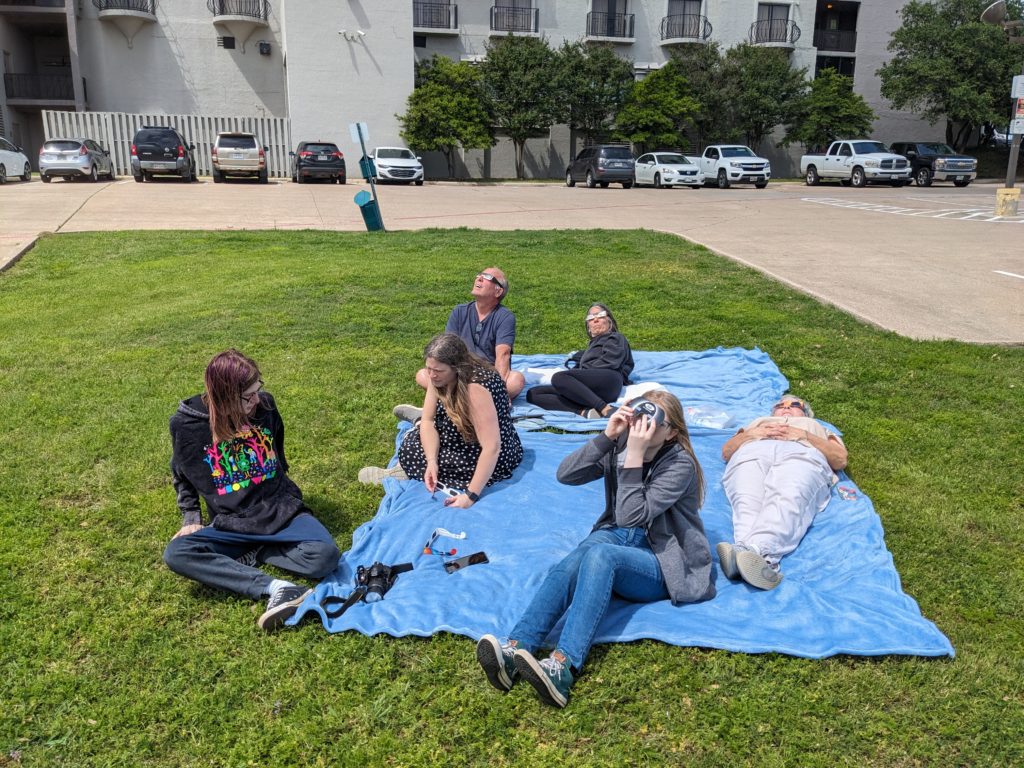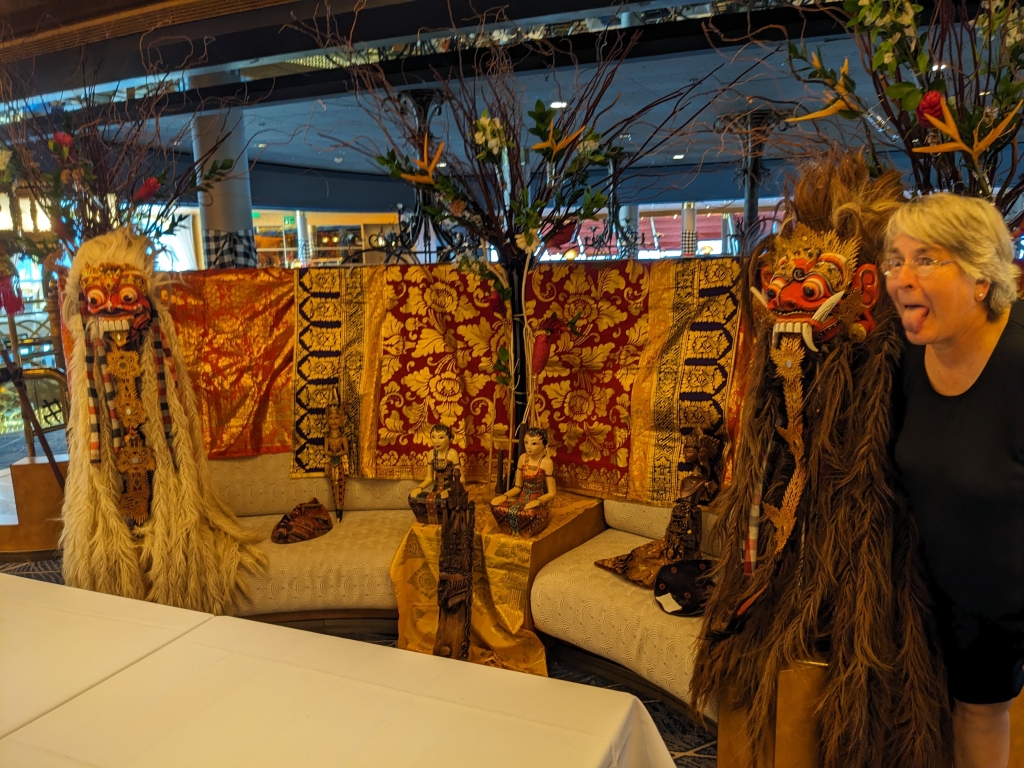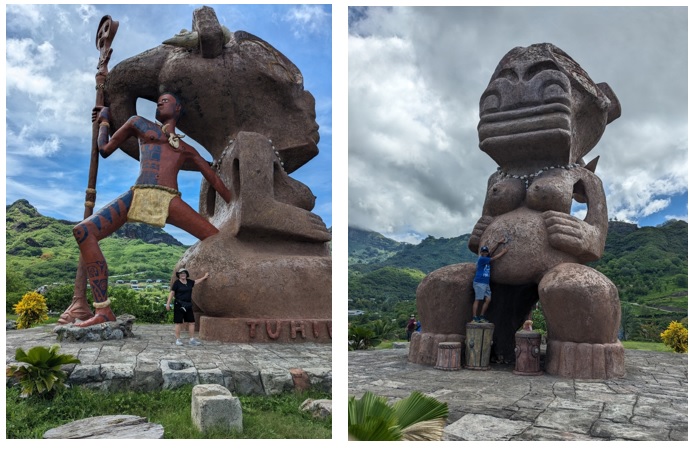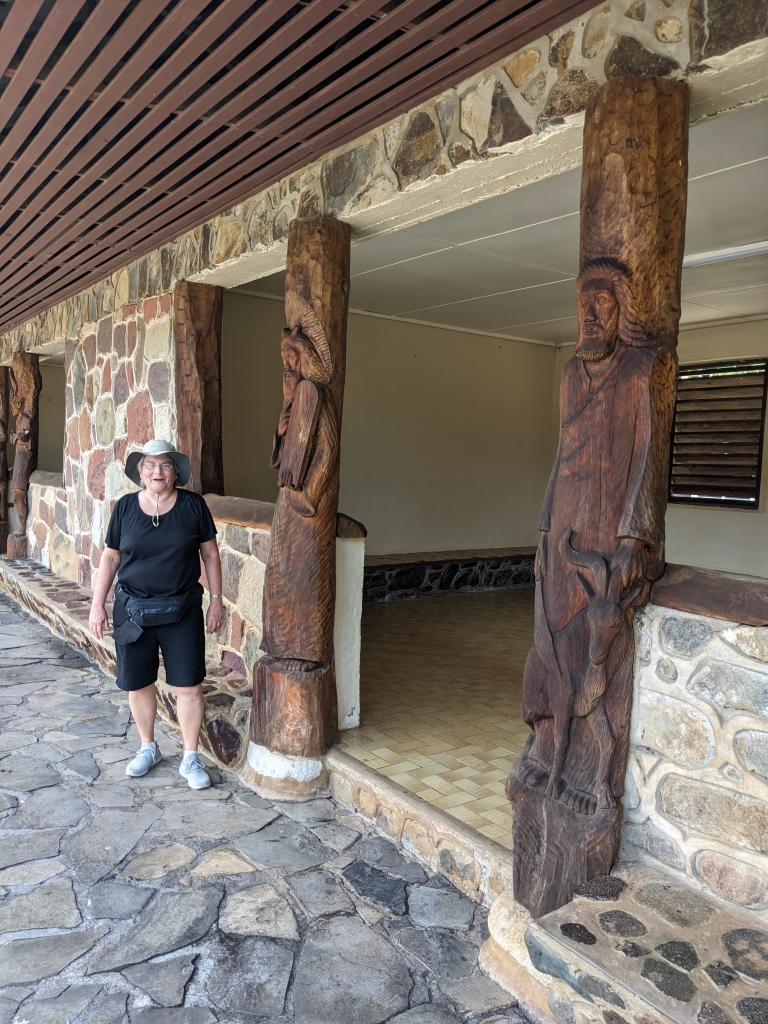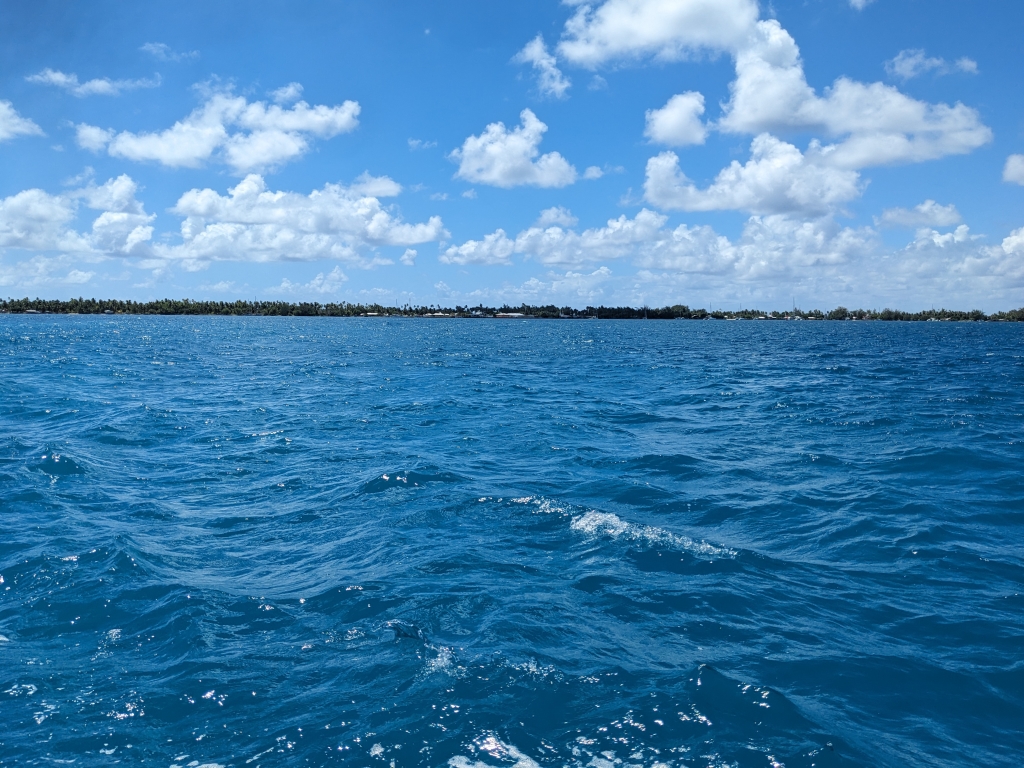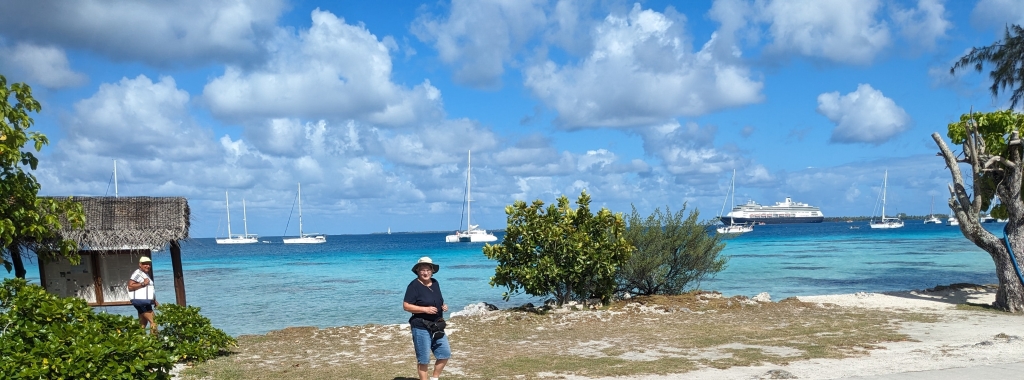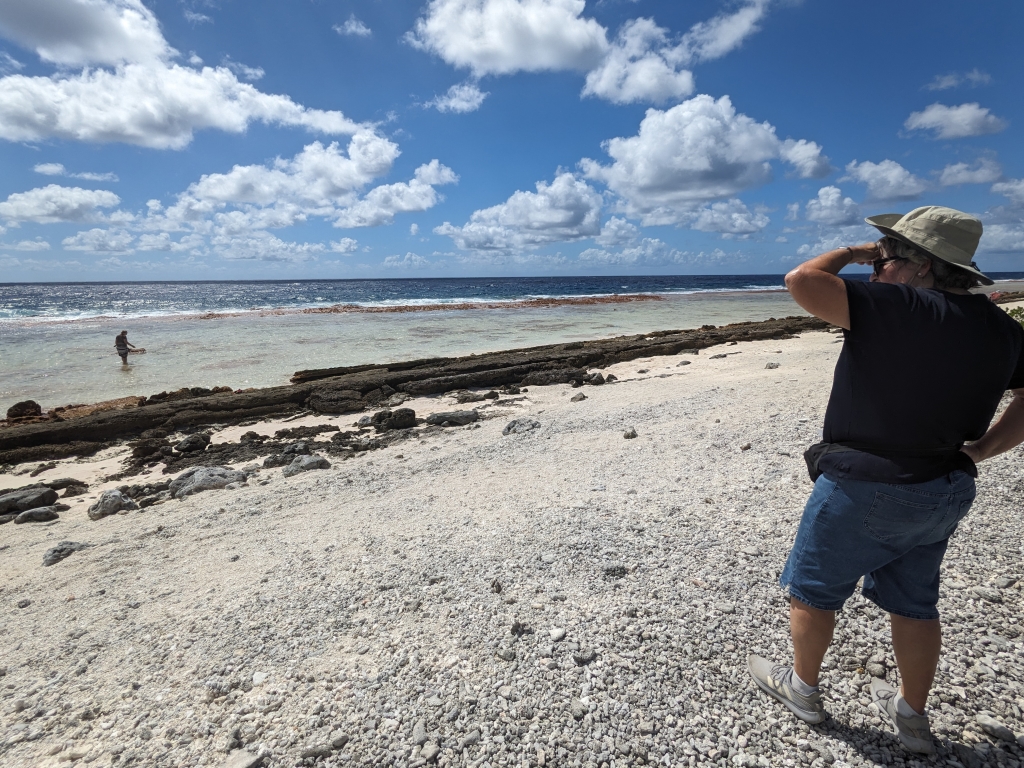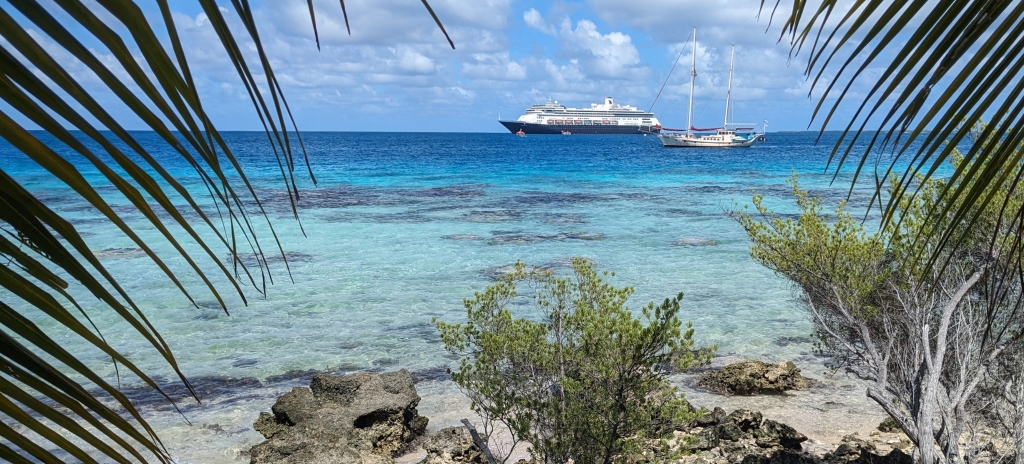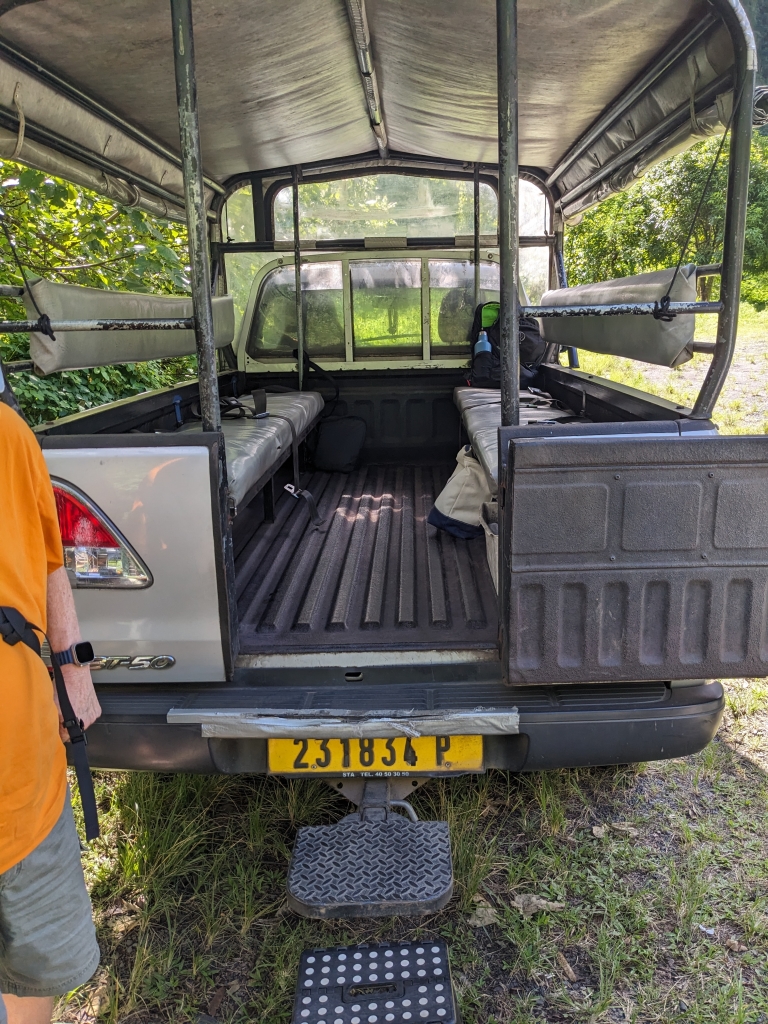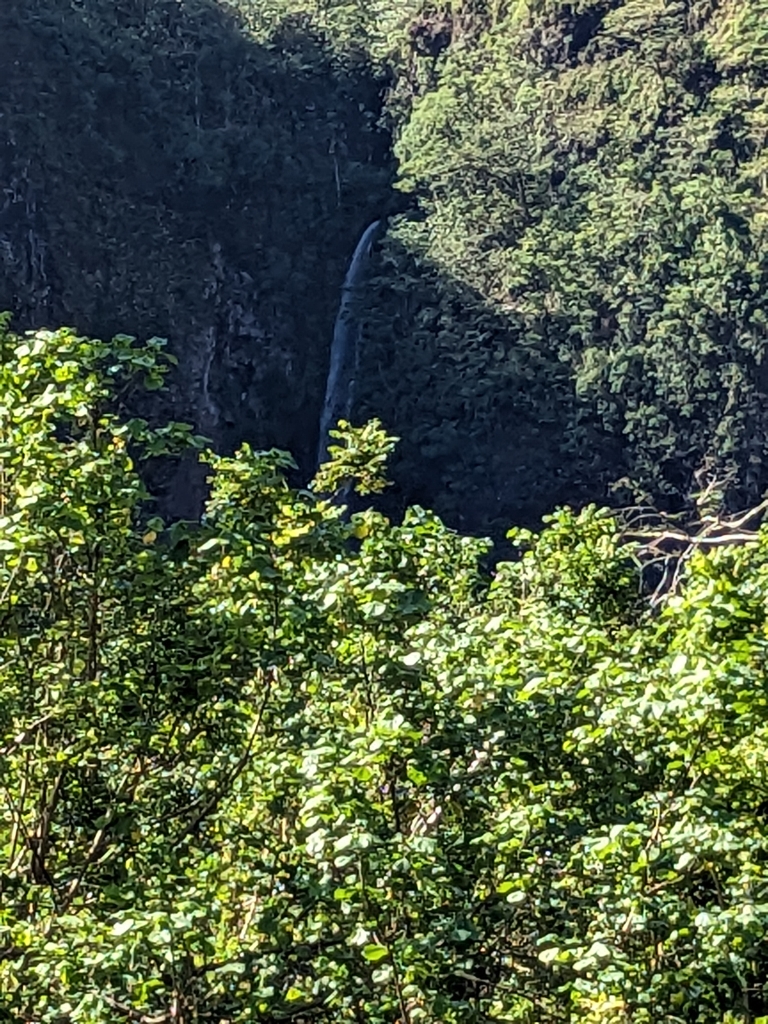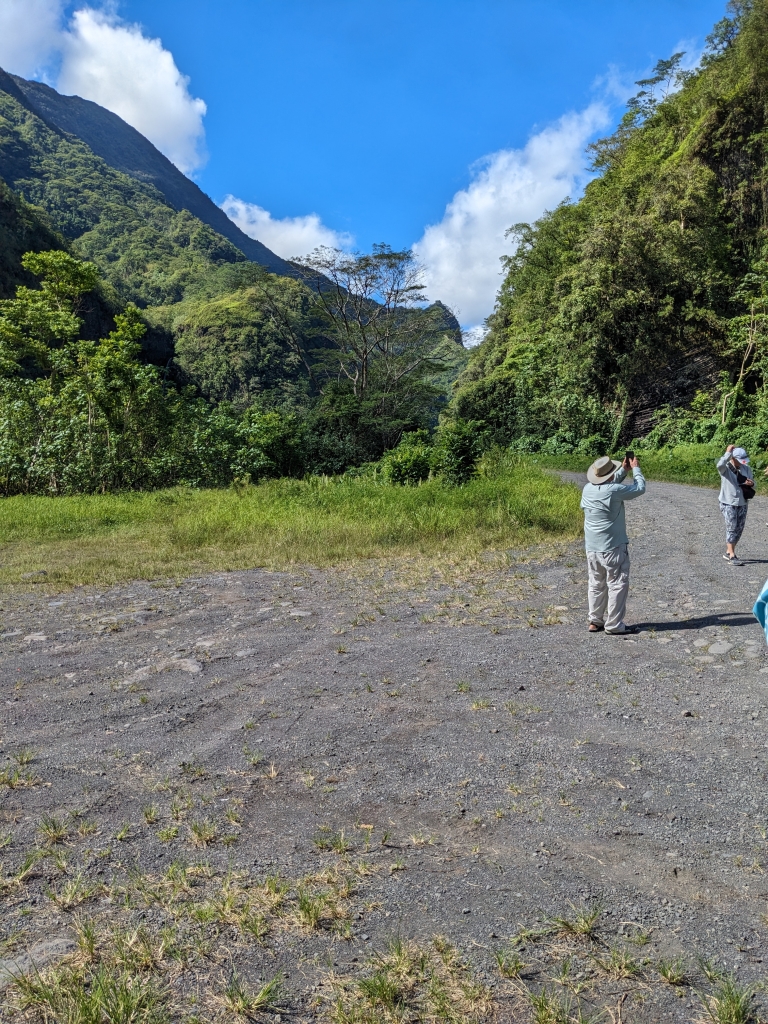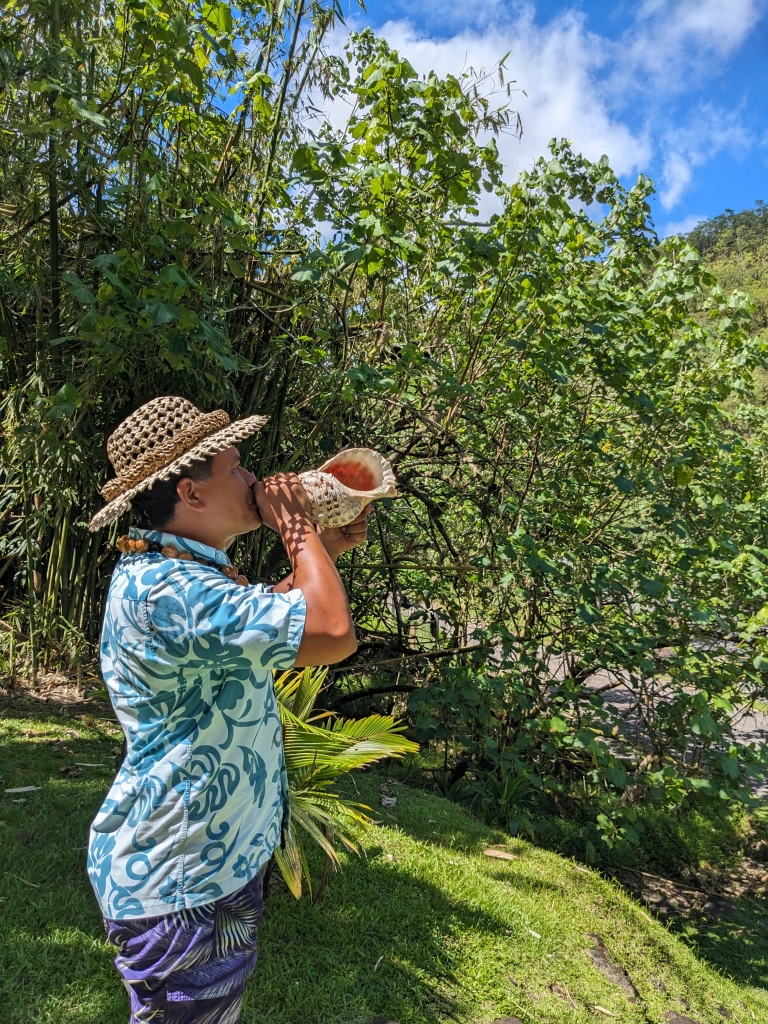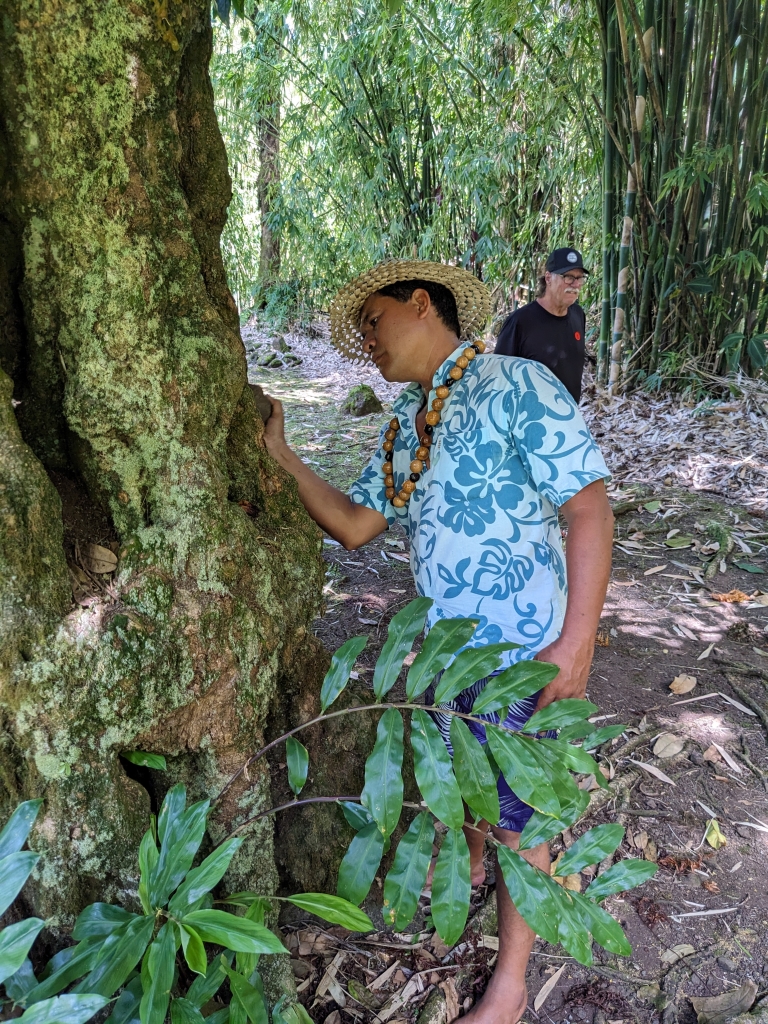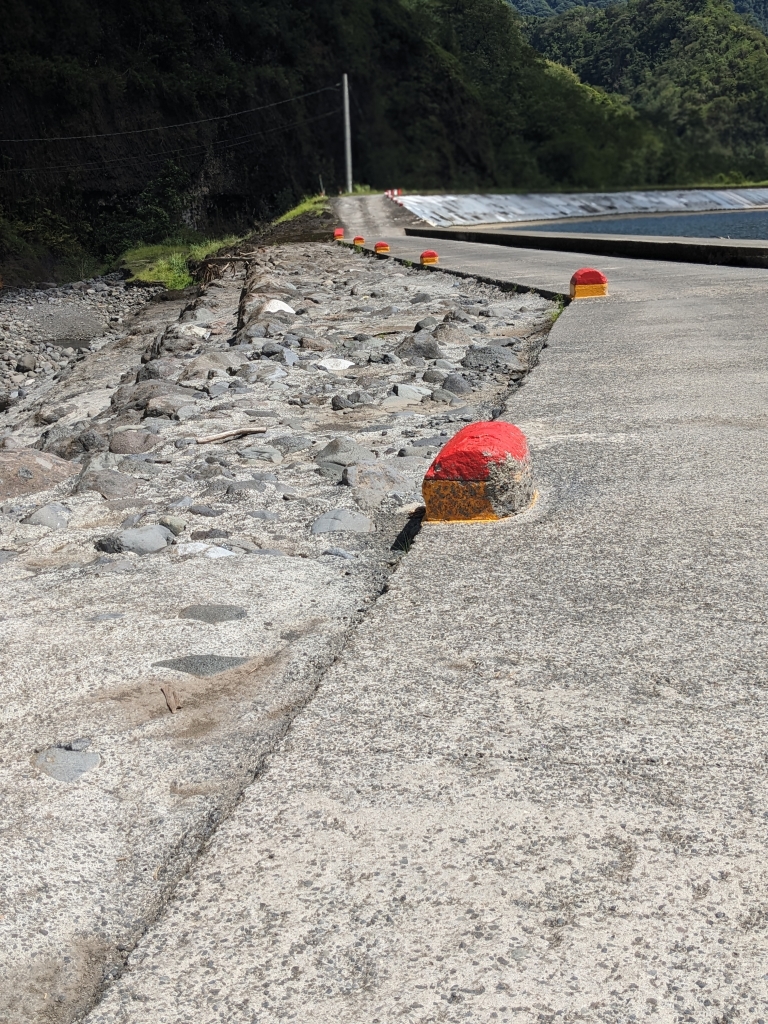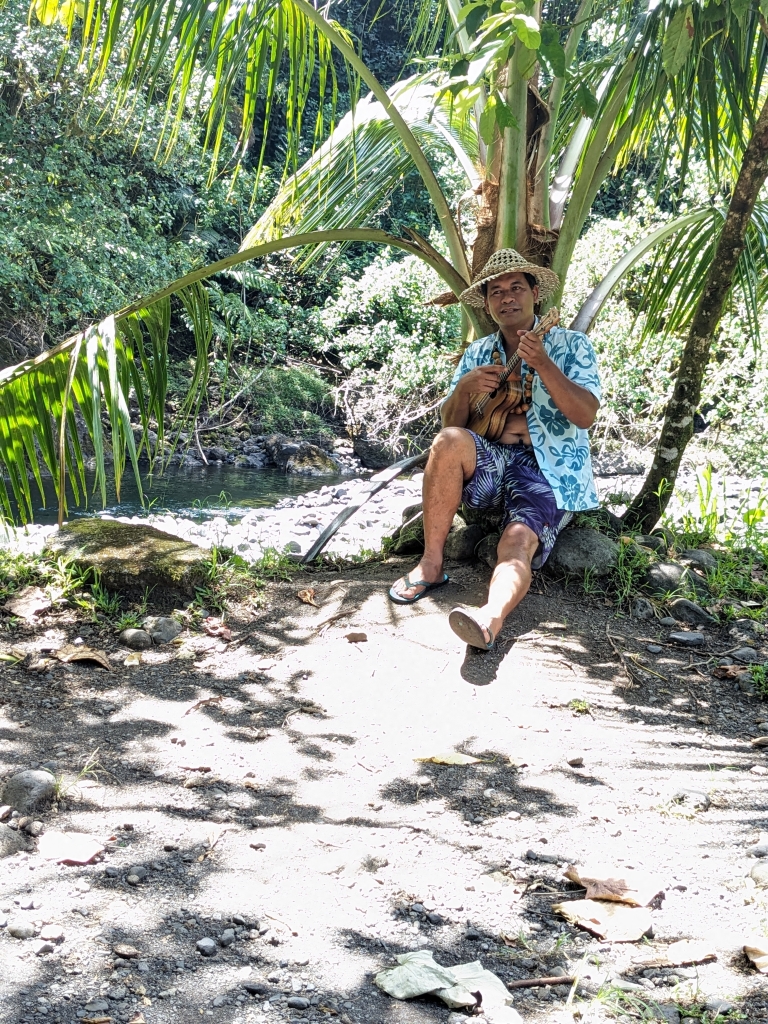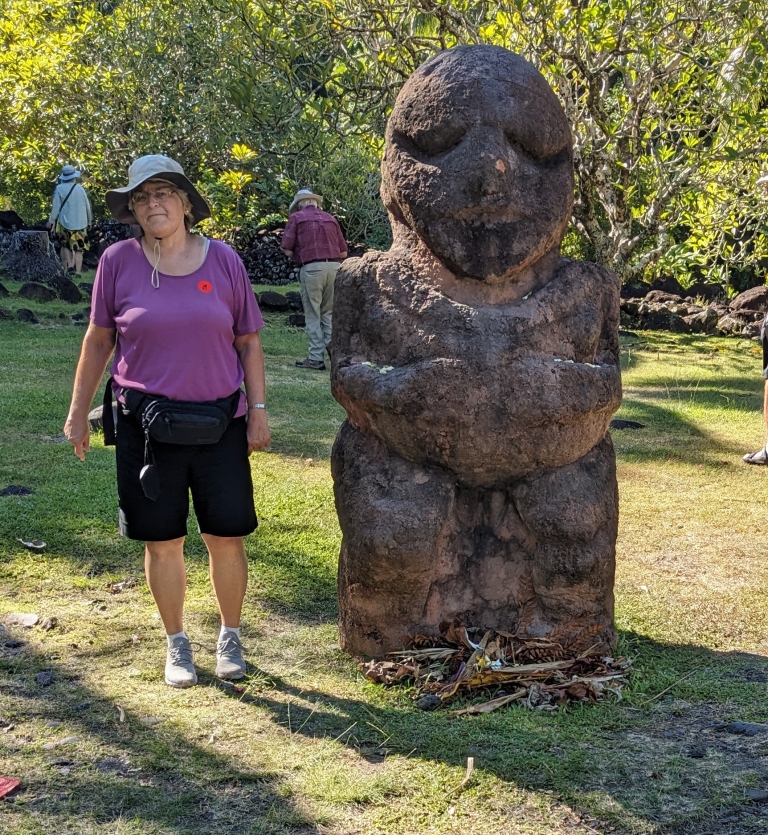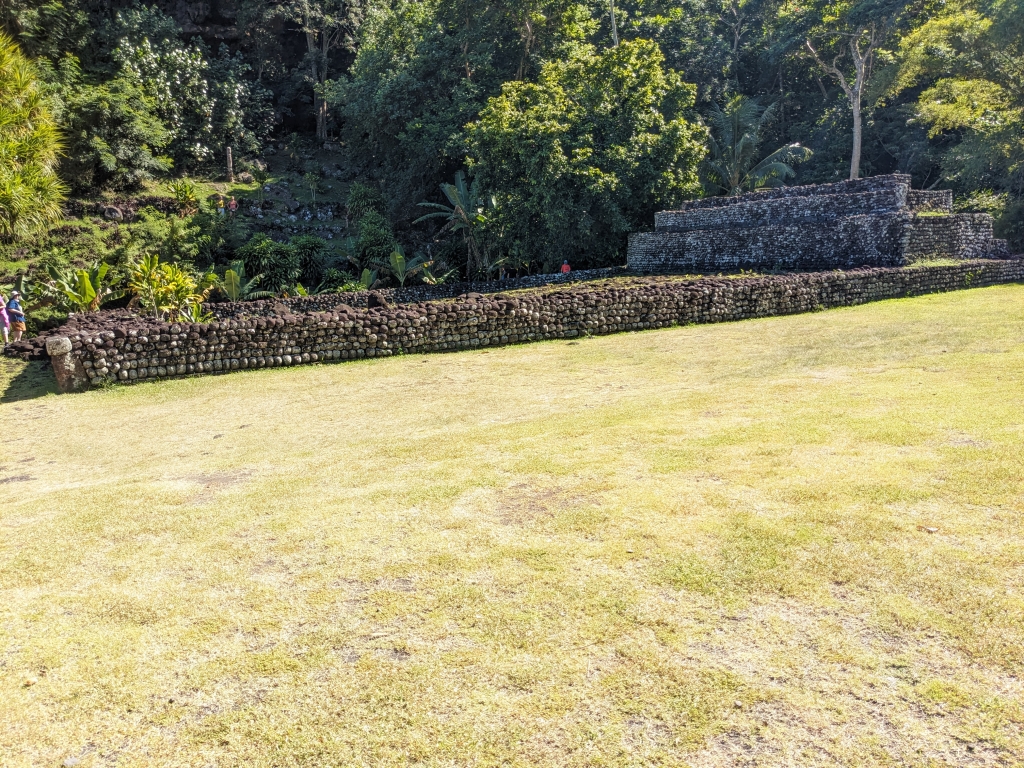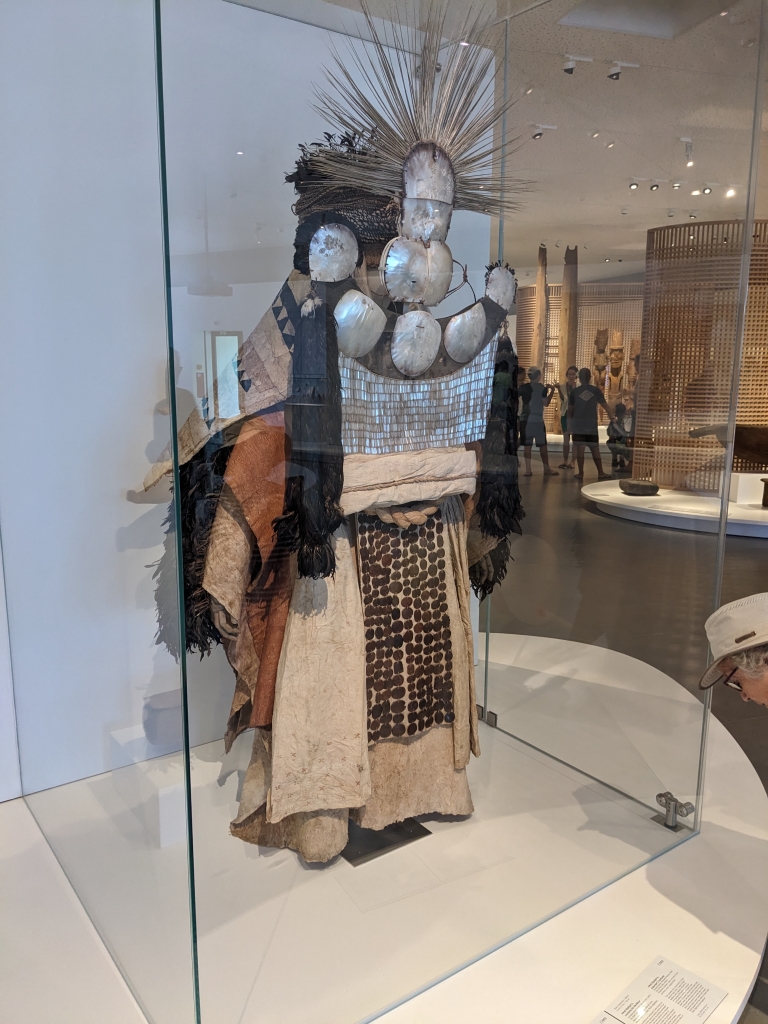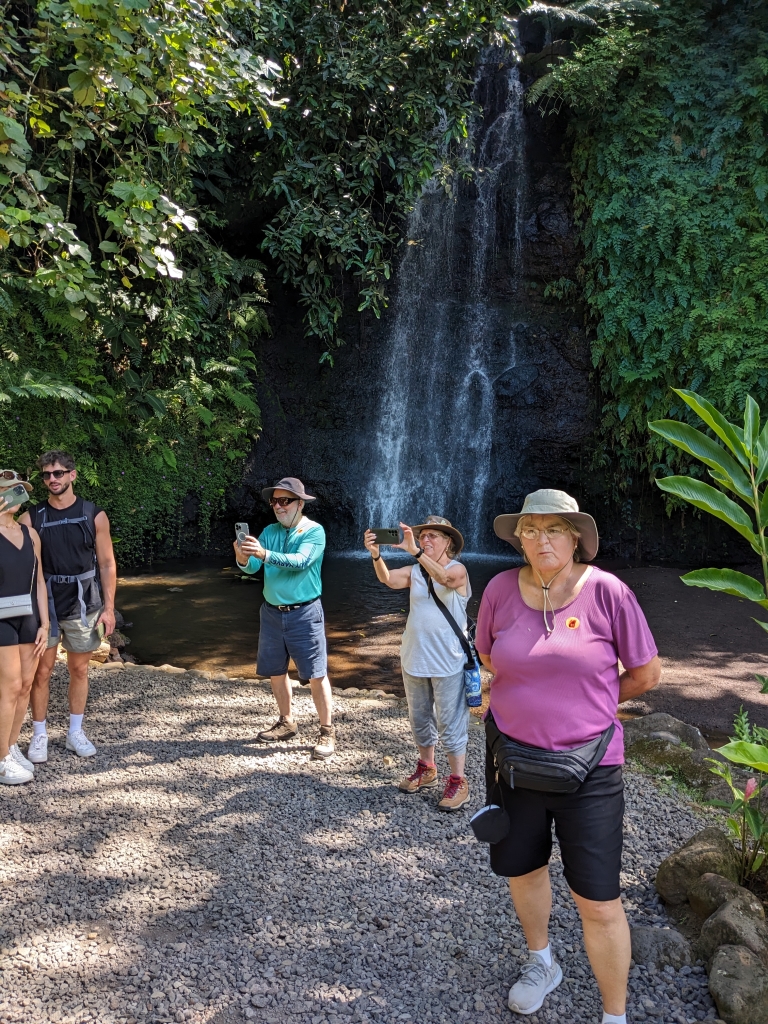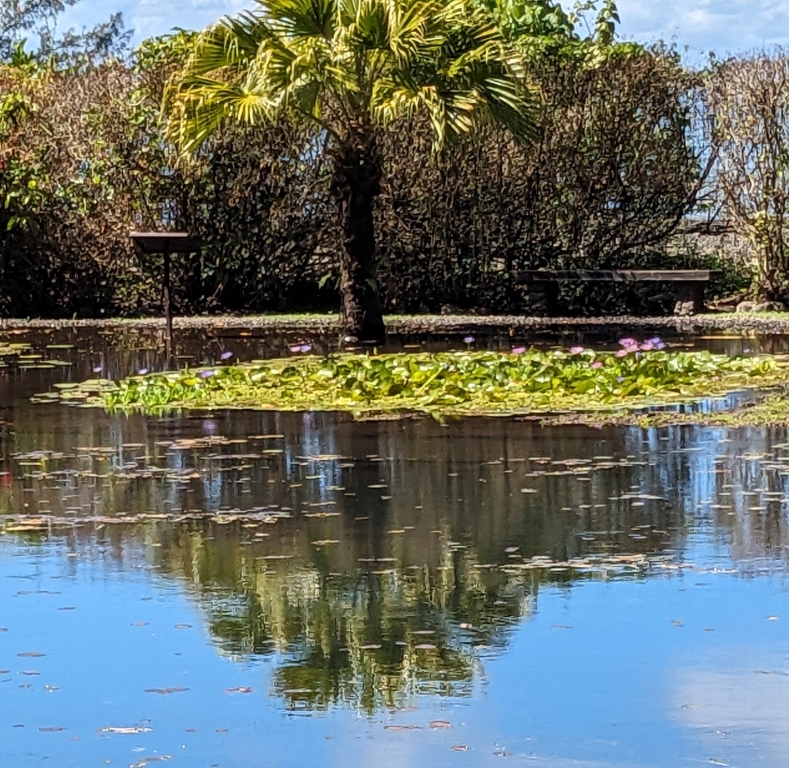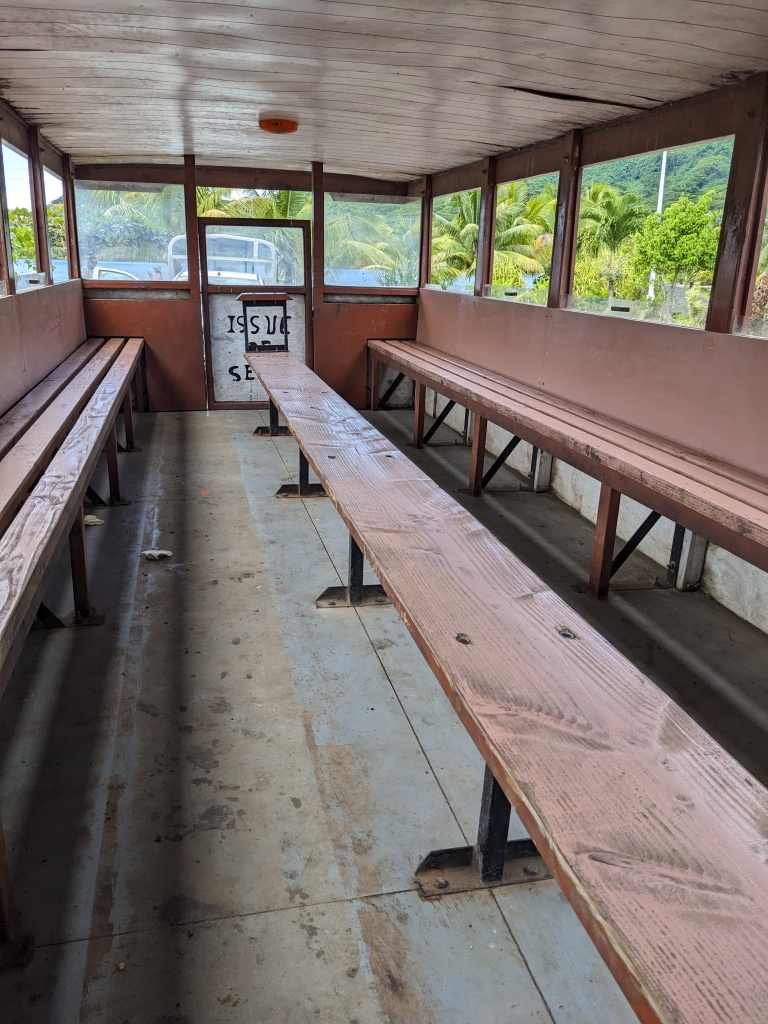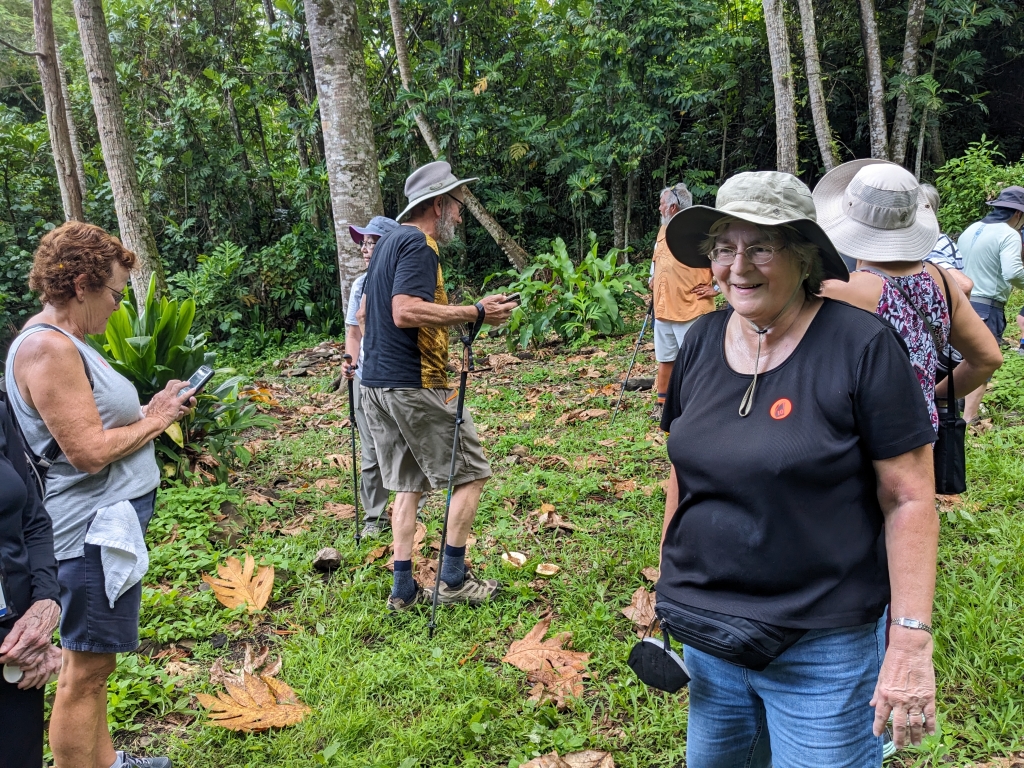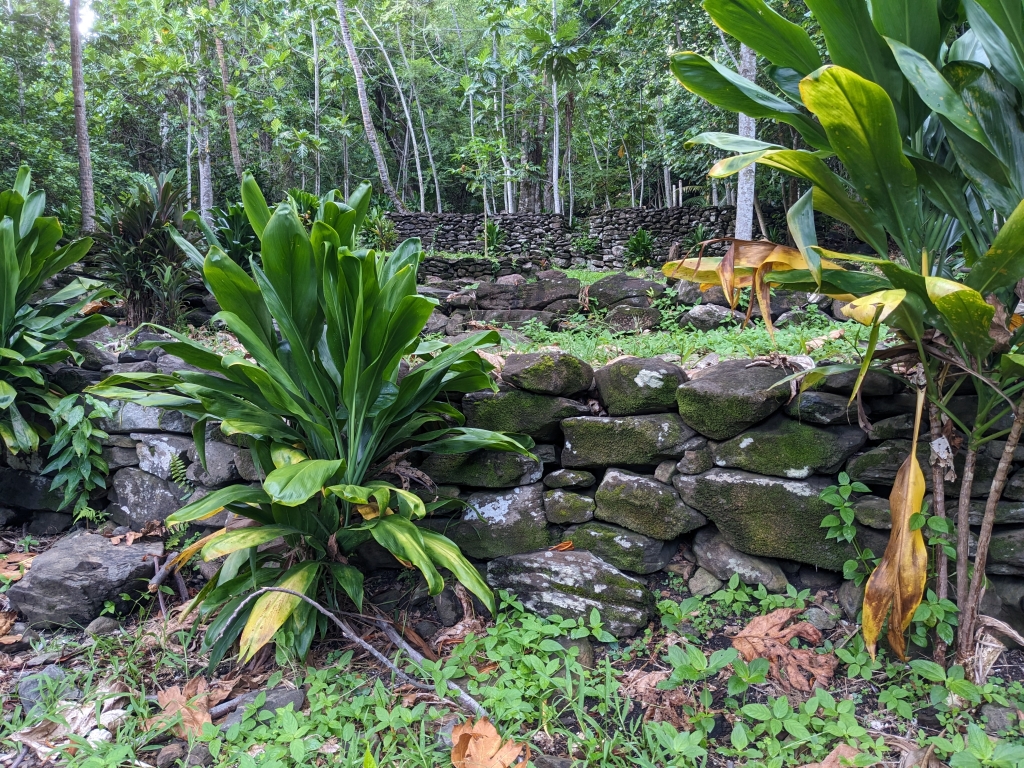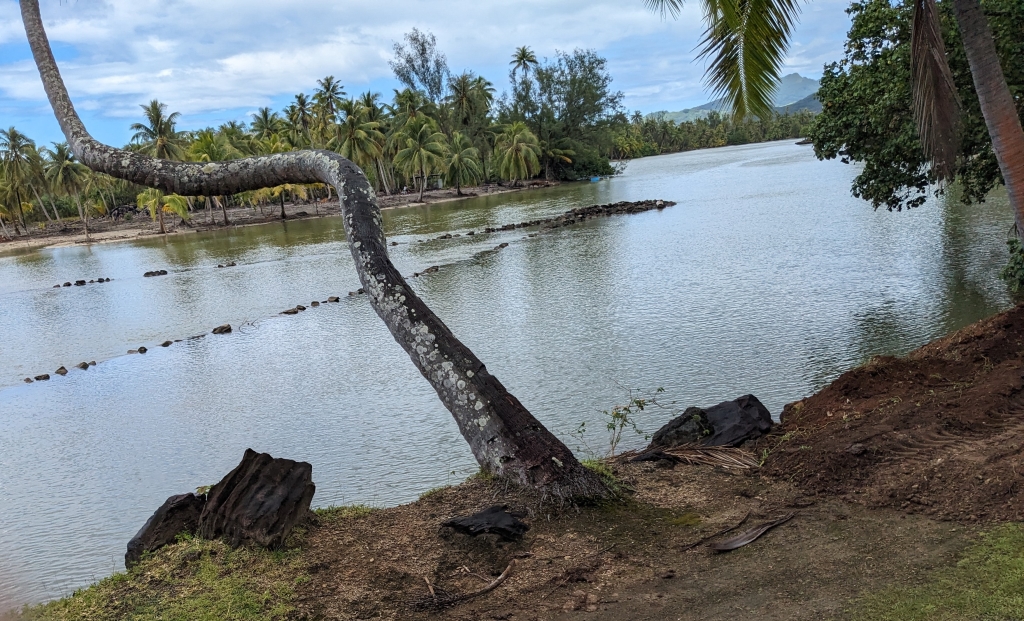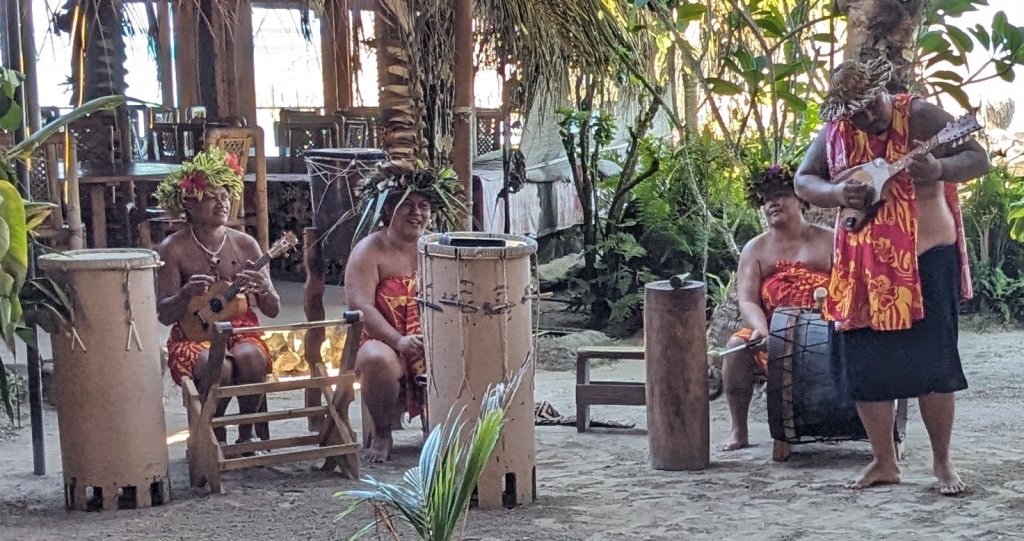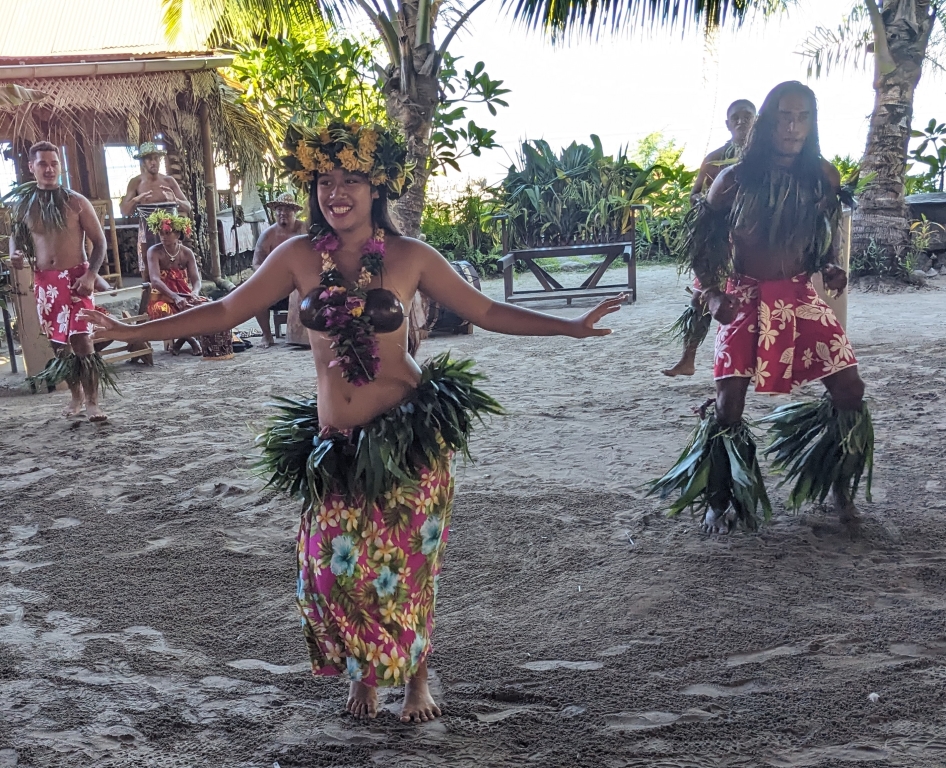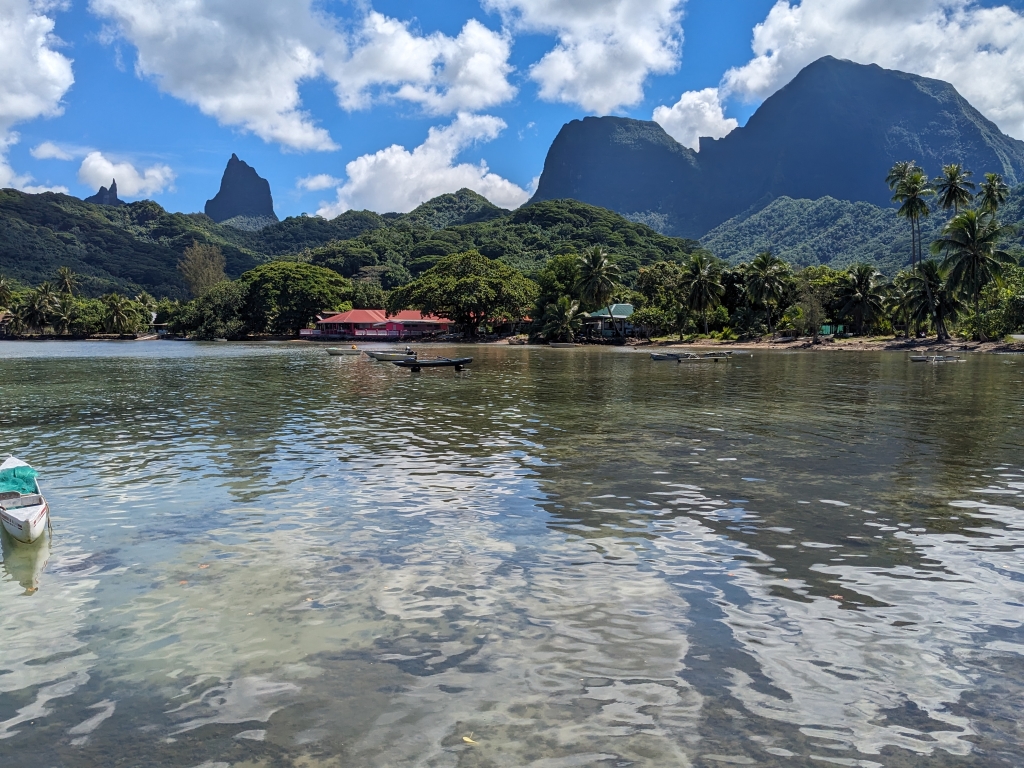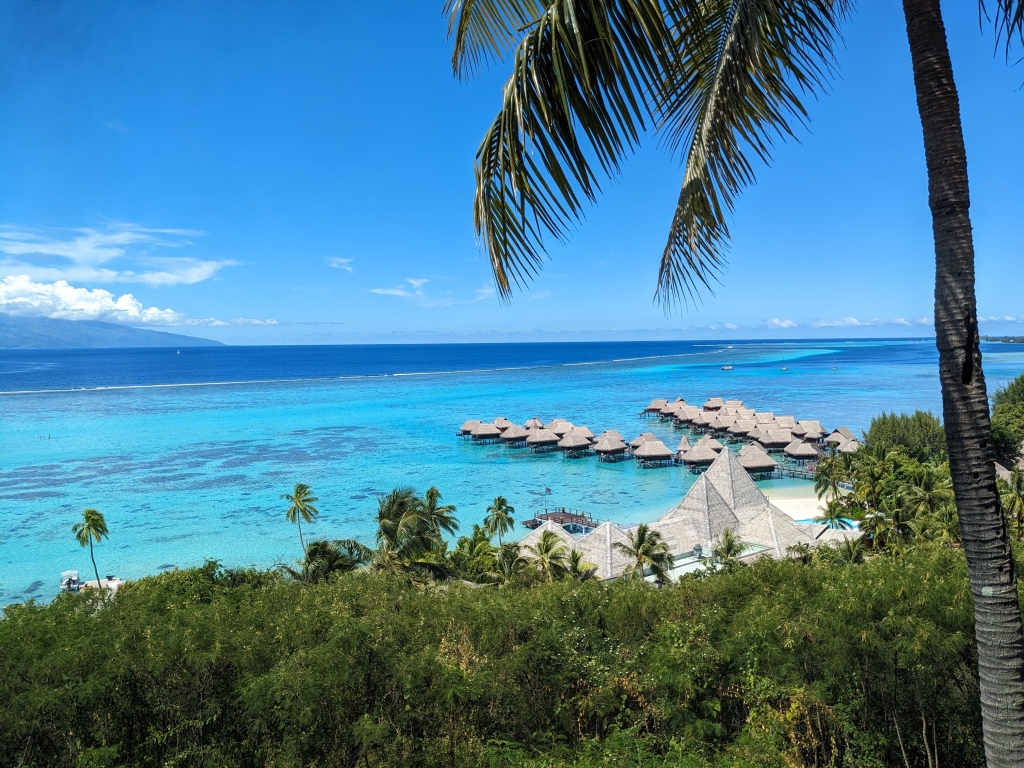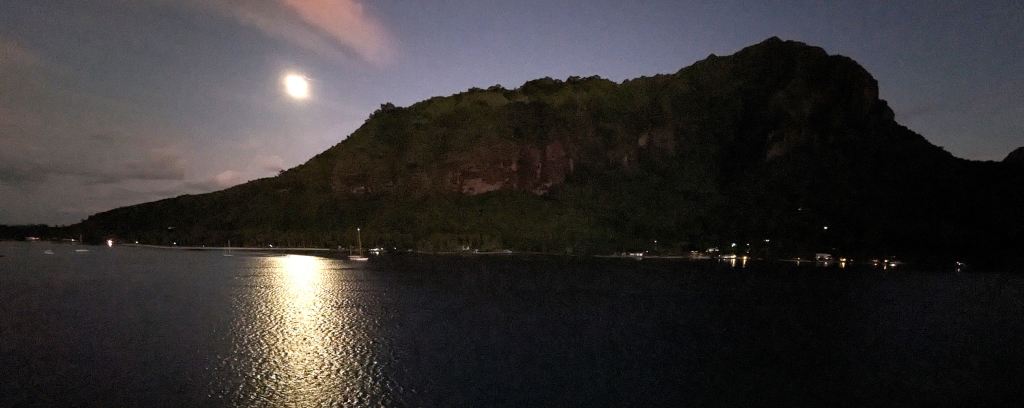We’re still going through doctor appointments, house appointments (furnace man, bug man) and catching up on all the little stuff. I have two computers — a 12″ Dell for working at my desk and a 10″ Surface for travel. Both computers are over 5 years old. Neither will accept Windows 11. Windows 10 will expire later on this year. I can’t make myself buy two new computers. I decided the Surface does everything I need to do. The only major issue is the screen is too small for extended work. I decided to get a new 10″ Surface and a desktop display. Here’s the new setup. It’s still a little messy because I’m waiting for some Velcro stickems. Other than that — and the actual computer itself — it’s all done! The computer will arrive June 1. In the mean time, the old computer continues to serve adequately.
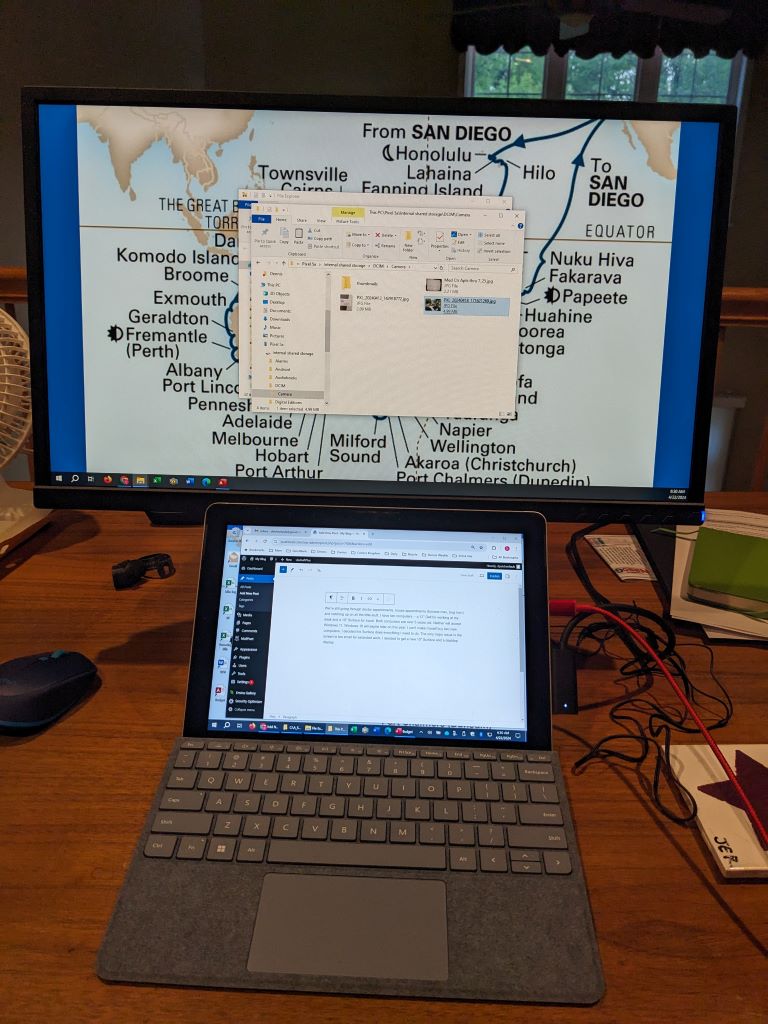
Our condo association had the street redone. It was sorely needed after all the heavy construction traffic we’ve had over the last couple of years. Here’s what I saw from my front door. I wish I had taken the better picture. I walked by the window and saw the construction crew doing the final cleanup. A circle of 8 guys were wearing full safety gear, staring at a spot that needed cleaning. One guy sprayed cleaning solution. Then he stood up and two other guys scrubbed with brushes. All the while, the remaining 3 guys stared at the spot that needed cleaning. Actually, they did a wonderful job. They ground, paved, and painted the entire street in two days — and went home early the second day.
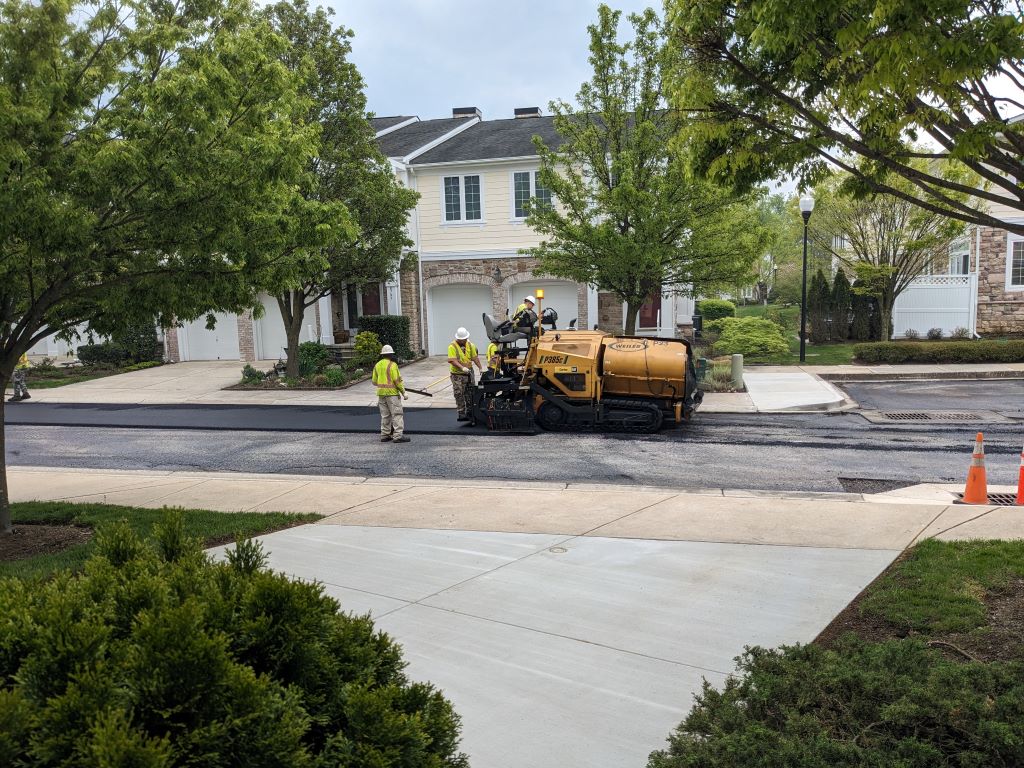
I don’t normally write about the future, but there’s a cool opportunity that might not last long. There’s a new Imax movie based on images from the Webb telescope. It’s gotten very good reviews. The article I read said it would run only for a week. I don’t know abut that, but Danita and I decided to go Tuesday. Jeff and Carmel will join us. (Jeff is interested in astronomy.) Here’s a couple of links. If you are interested, make sure you don’t miss this opportunity. The second link has a trailer.
https://science.slashdot.org/story/24/04/20/203254/jwst-gets-an-imax-documentary-deep-sky

